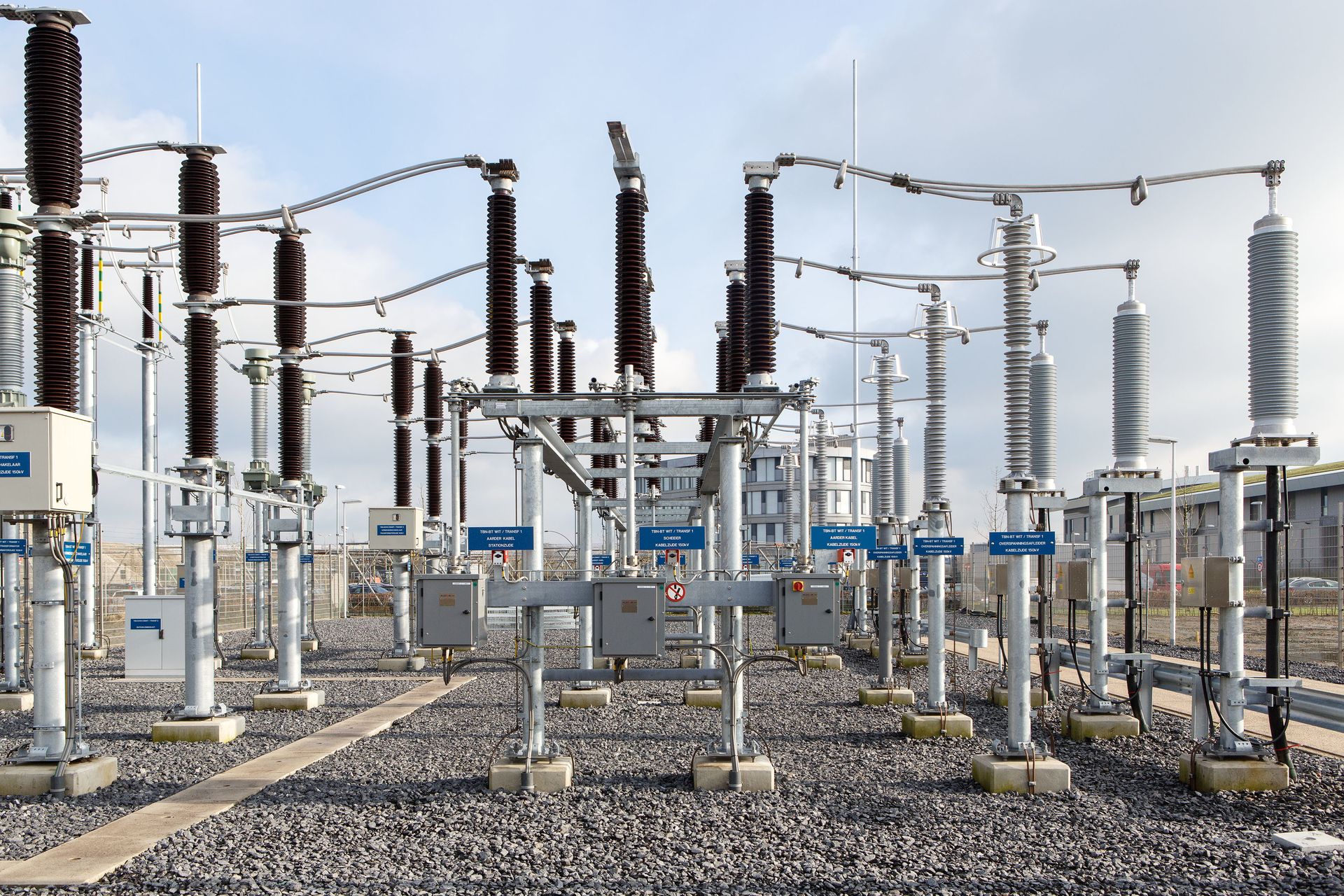Dutch grid operator Enexis Groep collaborated with Xomnia to enhance their way of working around data and achieve data science maturity.
Xomnia’s Analytics Translator Tim Reus worked closely with the client’s data science team to help them create a strategy to prove the value that the team brings now and in the future.
Afterwards, the client implemented the strategy using a use case of a model that predicts how much electricity is lost on the grid. The model was created with the help of machine learning engineers from Xomnia, and is projected to help Enexis reduce the costs it pays to cover grid loss every year.
Tim helped us with his personal energy, his open way of stakeholder management and a heart for an agile way of working. - Martijn Tilma, Manager Data Science
Challenge
Enexis Groep is an electricity grid operator in the Netherlands, serving consumers in the provinces of Noord Brabant and Friesland. For years, Enexis has been engaging in data-driven projects to solve challenges and enhance operations. Examples of such projects include facilitating the renewable energy transition in the Netherlands with data, and preparing for an increasing number of electric vehicles with machine learning.
Enexis’ data teams, however, required support to pragmatically plan their current way of working, determine their future role and position within the organization and prove the value that they add towards its strategic goals.
Prior to our collaboration, data teams at the client worked without a central strategy within the organization, reacting to issues when they surfaced instead of proactively finding the right use cases for them. This ad hoc manner of working in turn had limited their ability to prove their organization-wide value.
The grid operator collaborated with Xomnia to help their data teams put value in the center of their processes and build upon their data maturity.
Solution
Tim brought his years of experience as an analytics translator to the data team at the client, helping them carefully craft their data strategy. For the first 6 months of the project, he helped the data team arrive at good portfolio management in their operations. The main goal from this was to help them prove that they (will) deliver enough value that justifies their costs.
“The data teams had been able to prove their value based on past use cases that helped save cost or prevent losses,” said Tim. “This, however, isn’t enough to prove future value, and this is where I stepped in to help them better plan their entire portfolio in light of constantly changing IT and business landscapes.”
To arrive at this, Tim started with observing the current projects and processes of the data teams, taking note where he would do things differently and what can be of value for the client in their way of working.
“I contacted their internal clients, and from there created a document to shed light on some points for improvement, alongside some ideas on how they can get them approved,” explained Tim.
The outcome was a strategy that focused on helping Enexis’ data science team to prove its added value.
Next, Tim created a value tree using Xomnia’s approach to help bring the data teams closer to their clients across Enexis, and to help stakeholders determine and measure value from different use cases. This can ultimately turn it into a roadmap that can easily be translated into actions.
Executing strategy on the grid loss project
Next, the data team at Enexis moved on to executing the resulting strategy. Tim tested it by working as the product owner (PO) for the team creating a model to predict the loss of electricity in the grid. Grid loss refers to the amount of energy that is always lost whenever electricity moves across the grid, which varies depending on multiple factors.
Different consultants from Xomnia helped the client over the years in building a cloud infrastructure and later building on top of it the model to predict Enexis' grid loss. This, in turn, helps Enexis purchase extra energy in advance to avoid disturbances for its end users. The team handling the grid loss project is working mostly in AWS, using Snowflake and Facebook Prophet Model (for forecasting).
Xomnia’s Marius Helf has been working on the grid loss project for around 2 years, serving as the leader within the whole data engineering site. He and his team are using the way of working that Tim contributed as the structure leading their way forward, focusing on leveraging value.
Identify and determine the value of data & AI at your company with Xomnia's value proposition method
Impact
Using the strategy created with Xomnia’s help, the data team at Enexis can now prove its value within its organization and measure the impact that it is capable of delivering.
In regards to the model predicting grid loss, it has been running in production for years in a closed feedback loop to keep track of possible improvements. The team and stakeholders have been able to make a concrete measurement of value for the model, allowing them to show the added value for some of the Enexis’ strategic topics.
Using the model, Enexis is set to save at least hundreds of thousands of Euros per year by being able to better estimate it and reducing the unbalance between the allocation and nomination costs.


